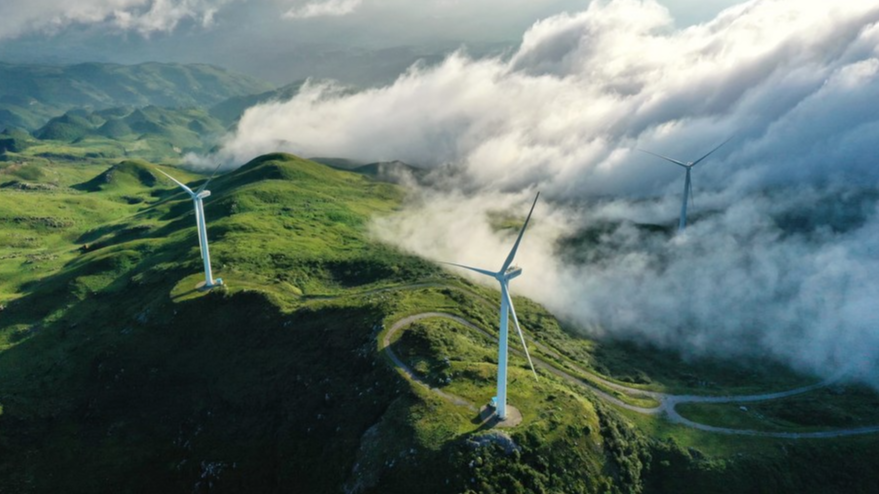
As the European Union and China have been rapidly transforming their economies to align with their ambitious climate goals, their competition in green technologies, market share and standards has increased. If this competition is managed properly, it can encourage a race to the top and drive innovation in green technology, the European Council of Foreign Relations has acknowledged. But if managed poorly, the risk of trade-related disputes over low-carbon products and standards will rise.
With their climate competition having come to the fore in the form of higher tariffs of up to 38.1 percent that the European Commission has said will be slapped on Chinese electric vehicle imports starting next month, it is timely that Vice-Premier Ding Xuexiang is visiting Belgium and Luxembourg from Monday to Friday, during which he will co-chair the fifth High-Level Environment and Climate Dialogue between the two sides at the EU headquarters in Brussels.
READ MORE: European and Chinese carmakers slate tariffs
That the two sides have already held four rounds of dialogue since the mechanism was established in 2020 points to the extensive common interests they share and the huge potential for the mutually beneficial cooperation between them in green development.
China and the EU, which are two of the world's biggest emitters of greenhouse gases, were both important facilitators in securing the Paris Agreement and have been playing leading roles in international efforts to limit the global average temperature rise to well below 2 degrees Celsius above preindustrial levels.
China proposed in 2020 to peak its carbon dioxide emissions before 2030 and to strive to achieve carbon neutrality before 2060. The EU, on its part, proposed a package plan to address climate change in 2021 that aims to reduce the net greenhouse gas emissions by at least 55 percent from the 1990 levels by 2030 and achieve carbon neutrality by 2050.
How well the two sides can manage their competition, strengthen their climate policy coordination and enhance their cooperation in green technologies will to a large extent determine the fate of global efforts aimed at realizing the green transition and addressing climate change. Fruitful cooperation in reducing GHG emissions would undoubtedly set a good example for other countries and encourage them to follow suit.
ALSO READ: Politicized protection hurts cooperation
China's rapid progress in the renewable energy sector is a key driver of its green transition, but has also been playing a pivotal role in advancing that of the EU. For example, in 2021, China supplied 80 percent of the EU's solar panels and 60 percent of its wind turbines, which has helped the bloc to meet its ambitious renewable energy targets.
Yet with some politicians in Europe willing to follow Washington's lead by trying to politicize cooperation with China as a "threat", they have been loudly repeating the lie that China's "overcapacity" in green products is hurting domestic industries.
Hopefully, the high-level dialogue will help the two sides expand common ground while enhancing mutual trust so that their differences will not become obstacles to their long-term green cooperation, which will benefit not only China and the EU, but also the rest of the world.


